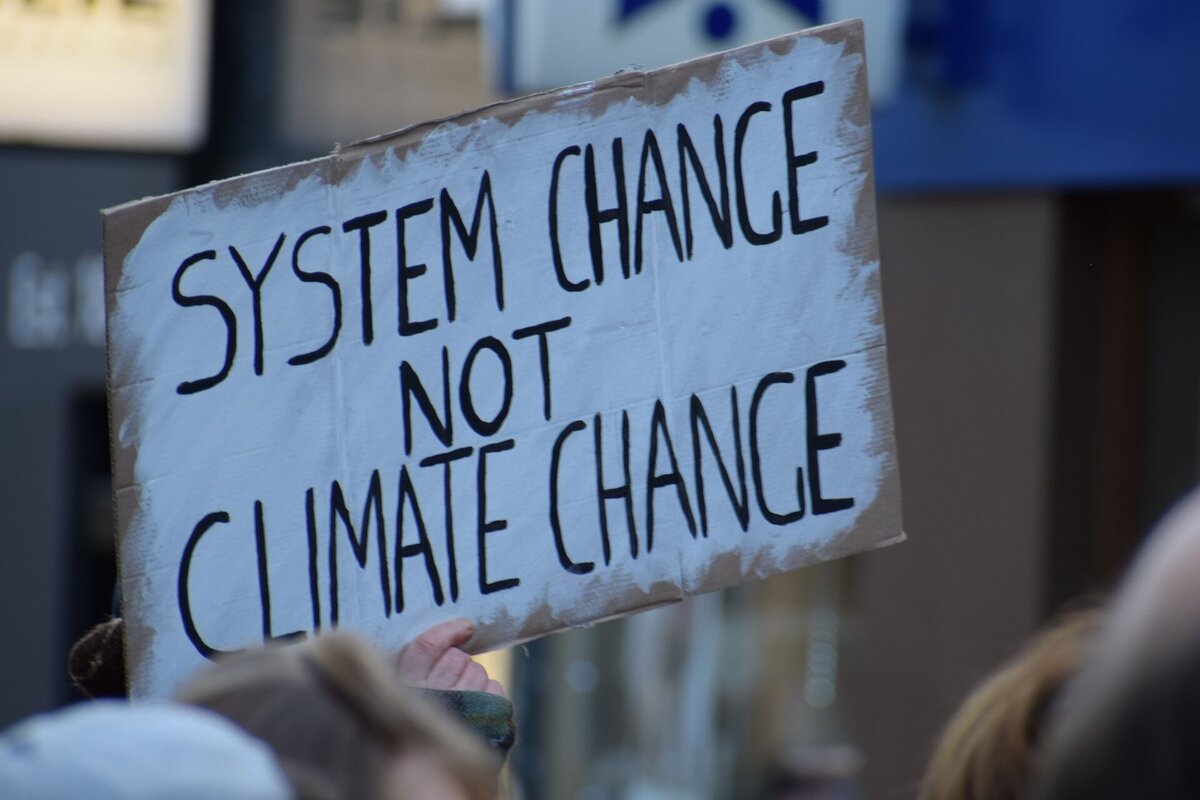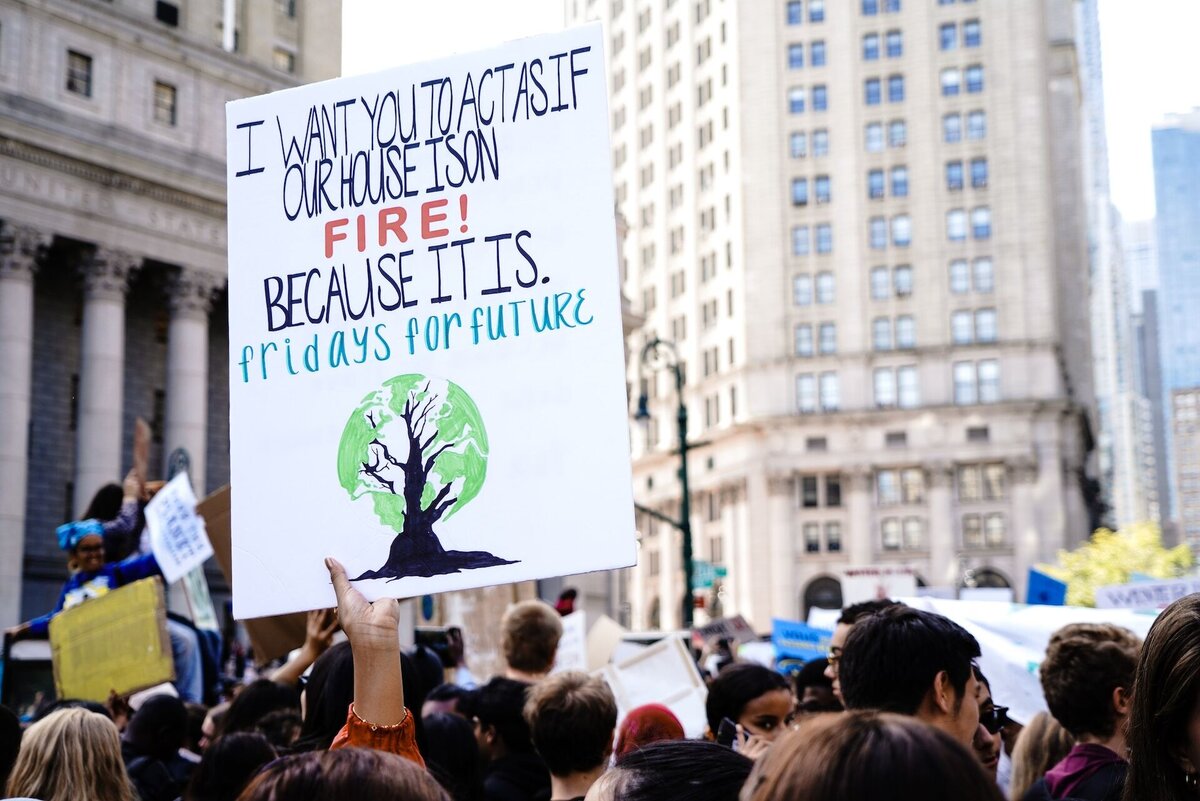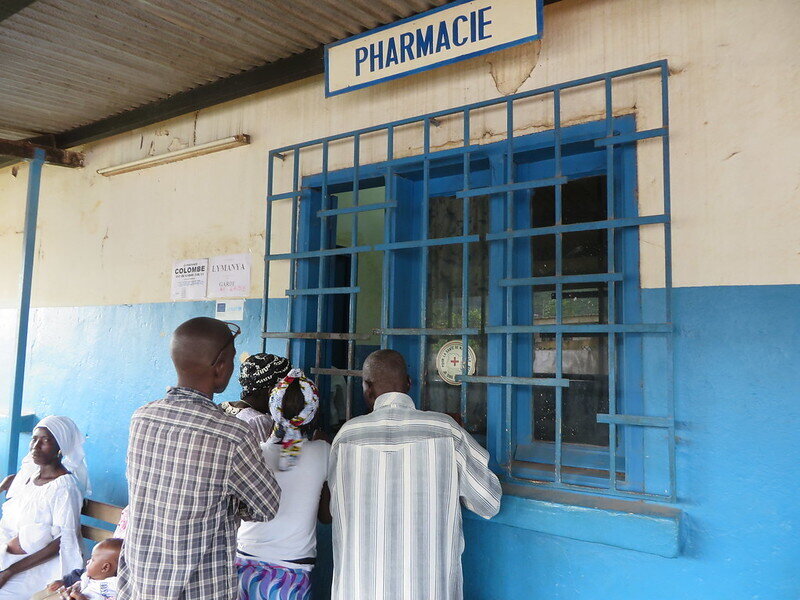- Exchange and Networking
- Knowledge and Learning
- Advocacy
- Our topics
By Remco van de Pas
‘Increasing and irreparable damage accompanies present industrial expansion in all sectors. In medicine this damage appears as iatrogenesis. Iatrogenesis is clinical when pain, sickness and death result from medical care, it is social when health policies reinforce an industrial organization that generates ill-health, it is cultural and symbolic when medically sponsored behaviour and delusions restrict the vital autonomy of people by undermining their competence in growing up, caring for each other and ageing’ (Illich, 1975). - This was stated around 50 years ago by Ivan Illich when reflecting on the ‘Limits to Medicine’.

The book ‘Limits to Medicine’ written by Ivan Illich (Illich,1975) from a classic Marxist standpoint identified the capitalist economic system as a source of medical dominance which subsequently reinforced disadvantages for the working class and the poor. In 2022, this analysis has proven to be prophetic and urgent in its relevance. Besides clinical, social and cultural iatrogenesis, medicine is now also contributing to ecological iatrogenesis: in high-income countries, greenhouse gas emissions from the healthcare sector are responsible for around 4-7% of total national GHG emissions and are hence a significant contributor to the climate emergency. Another area of healthcare associated pollution concerns the release into the natural environment of pharmaceutical compounds as pollutants, for example, in the manufacturing process, during healthcare delivery and, ultimately, via excretion from patients. There is now a major concern about pharmaceuticals present in the environment that are magnifying the prevalence of antibiotic resistance, with even low concentrations of antibiotic run-off leading to the growth of drug-resistant bacteria (Hensher, M. et al., 2020)
In high-income countries, greenhouse gas emissions from the healthcare sector are responsible for around 4-7% of total national GHG emissions and are hence a significant contributor to the climate emergency.
The phenomena described above are also known as ‘uneconomic growth’. In healthcare, this is seen when the social and environmental costs of expansion in the health system actually outweigh its benefits (van de Pas, 2022). While this trend has been investigated for high-income countries, the effects of such negative externalities have not yet been systematically analysed in lower-income countries. Questions also arise about the role of international health cooperation in this regard and whether such cooperation considers the side-effects of the biomedicalisation of health. This short article makes the case for arguing that contemporary international health cooperation does very much support the biomedical expansion of health systems while largely neglecting to pay attention to the strengthening of broader health systems as well as to the social and ecological determinants of health and to justice in general.

Many of us have sympathy for and feel aligned with the ‘Health for All’ movement. We anchor our principles in the 1978 WHO Alma Ata Declaration on primary health care (PHC) and its requirement for participation by governments, communities, individuals and intersectoral approaches to improve health (Declaration of Alma Ata, 1978). The Alma Ata Declaration sees PHC and the broader health systems as being part of a wider economic and social development based on the ‘New International Economic Order’ (NIEO). The NIEO is the template for a set of proposals advocated by low and middle-income countries (originally the UN G77 countries of the non-aligned movement) designed to end economic colonialism and dependency through a new interdependent economy. Basically, the NIEO proposes fair trade principles and economic sovereignty as an alternative to aid. The declaration of the NIEO was adopted by the UN General Assembly in 1974 (UN Declaration, 1974). Interestingly, and not coincidentally, this declaration appeared in the period when The Club of Rome published its report on the ‘Limits to Growth’ during the first oil crisis in 1973, the same period in which Illich questioned the ‘Limits to Medicine’.
This short article makes the case for arguing that contemporary international health cooperation does very much support the biomedical expansion of health systems while largely neglecting to pay attention to the strengthening of broader health systems as well as to the social and ecological determinants of health and to justice in general.
The story of what happened next has been told in several different ways (Prashad, 2022) but tends to be neglected: the ‘gunboat diplomacy’ of the US and its Western allies facilitated the toppling of democratically elected governments in Latin America, Asia and Africa. Neoliberal economic policies came into vogue and were enforced by the international financial institutions including the World Bank and the International Monetary Fund under the ‘Washington Consensus’. Countries became financially indebted and were ‘locked in’ to being providers of cheap resources and labour. The Soviet Union fell and the EU emerged. The liberalisation of international capital surged. Coca-Cola and Santa Claus began to rule the world. Economic globalisation became the norm and LMICs became trapped in its straightjacket (Rodrik, 2011). Governments had to dance to its tune or otherwise be excluded from international finance and were (or still are) considered to be pariah states. Examples of this include Guinea, Burkina Faso, Zimbabwe, Afghanistan, Libya, Iraq, Iran, Haiti, Venezuela, Cuba and Sudan.
While the governments of such countries foster violence and had (or still have) serious democratic deficits, it is problematic to cast them aside as the ‘bad ones’ vis-à-vis the ‘good’ capitalist and democratic Western countries and their ‘rule of law’. The imposition, via development assistance and trade rules, of the public-private provision of healthcare and education services and the spirit of entrepreneurialism undermined public sector spending and capacities in many countries as they bore the heavy burden of structural adjustment and mounting debts. Under the banners of ‘good governance’ and ‘sustainable development’, the international development sector with its NGOs, philanthropic foundations, technical assistance, capacity building, multi-stakeholder partnerships and data-driven programmatic initiatives have come to dominate health sector approaches in many lower income settings. To quote Arundhati Roy’s critical analysis: ‘The corporate or foundation-endowed NGOs are global finance’s way of buying into resistance movements, literally as shareholders buy shares in companies, and try to control them from within [...]’ (Roy, 2014). This includes in relation to health and care services.
Under the banners of ‘good governance’ and ‘sustainable development’, the international development sector with its NGOs, philanthropic foundations, technical assistance, capacity building, multi-stakeholder partnerships and data-driven programmatic initiatives have come to dominate health sector approaches in many lower income settings.
What are the implications of such a pervasive form of economic globalisation? In the health sector, insurance-based models of universal health coverage (UHC) have led to funding imbalances and provider capture, with public schemes financing a private sector which ‘cherry-picks’ service provision while more complex care and governmental regulation of the commercial determinants of health (such as alcohol, tobacco, ultra-processed foods, and industrial and automobile pollution) are neglected (Sanders, D. et al., 2019). This privatisation has not only led to the provision of poor quality healthcare services but also to the overdiagnosis, overtreatment and the ‘pharmaceuticalisation’ of health and disease.
A couple of examples here provide insight into this trend. In Indonesia, both the coverage and utilisation of health services increased after the introduction of a national health insurance scheme in 2014. Nevertheless, out-of-pocket payments did not decrease and inequities between rural and urban areas grew. The insurance model has also led to funding imbalances between the public and private sectors with around three-quarters of the insurance funds going to the private sector (People’s Health Movement, 2022). During the height of the Covid-19 pandemic in July 2021, people in Jakarta struggled to obtain life-saving oxygen bottles on the private market which were not available in the public facilities. At the same time, there was an overprovision of both Covid-19 PCR and rapid antigen tests by private providers (see graph) who were eligible for reimbursement under the health insurance scheme.
Likewise, in several African countries there was a shortage of Covid-19 vaccines to cover the needs of healthcare workers and the elderly, despite all the promises made by international development partners to adequately fund the COVAX vaccine sharing mechanism. There has also been little discussion about the differentiated public health needs faced by populations in sub-Saharan Africa. The longstanding neglect of strengthening health systems, environmental health, nutritional determinants and endemic infectious disease control led both professionals and the general public to react with scepticism and reservation when the international community focused so heavily on vaccination against Covid-19 and other biomedical measures of surveillance, diagnosis and treatment while neglecting the broader ‘syndemic’ of chronic ill health (Kolie, D. et al., 2021).
In the health sector, insurance-based models of universal health coverage (UHC) have led to funding imbalances and provider capture, with public schemes financing a private sector which ‘cherry-picks’ service provision while more complex care and governmental regulation of the commercial determinants of health (such as alcohol, tobacco, ultra-processed foods, and industrial and automobile pollution) are neglected.

Neither the local production of medical products and intellectual property rights nor the structural causes of pandemic risks (biodiversity loss, climate change and zoonotic spill-over) are being seriously addressed by these mechanisms.
There are, however, alternative pathways. Some years ago now, Eduardo Missoni described in this forum ways in which health workers and health systems can advance health in a post-growth society. For a start, he argues for a paradigm shift in the education model of health professionals – or, to put it in his words: ‘Healthcare personnel reproduce in the community the same power position of the teacher at school.’ Rather than mimicking these power relations in doctor-patient relationships, thereby perpetuating inequities, healthcare professionals should instead develop a cooperative approach with patients and the community. This requires an embedded pedagogy where students benefit from direct experience with social medicine, primary healthcare, social mobilisation and matters of local development and emancipation. Such an educational model is, however, rare at most universities and healthcare schools since it requires a level of effort, humility and perhaps some discomfort and risk-taking that many teachers and students would find challenging (Missoni et al, 2020).
Working in an impoverished, lower-class setting in healthcare also requires the tacit, contextual understanding and language of social illness and how it can be addressed with care and social activities (e.g. drama, sports) that lie outside the biomedical realm and the medical doctor’s field of expertise. While many health NGOs worked with such principles several decades ago, this is no longer so much the case because many of these organisations have since professionalised. Their staff are busy with running workshops, writing proposals and undertaking management procedures while their daily interaction with people and communities is reduced. In the digital era of the 21st century, let us not forget the lessons on critical pedagogy that Paulo Freire and Ivan Illich promulgated 50 years ago: an education that aims at socio-political liberation and the fostering of individual and societal autonomy in matters concerning life, health and disease can form the best antidote against a ‘dependency’ on external, commodified, biomedical goods. That is not to say that essential medicines and biomedical innovations do not have their uses in societies. However, their deployment should be based on actual needs and should focus on guaranteeing local autonomy of production and regulation.

Working in an impoverished, lower-class setting in healthcare also requires the tacit, contextual understanding and language of social illness and how it can be addressed with care and social activities (e.g. drama, sports) that lie outside the biomedical realm and the medical doctor’s field of expertise.
50 years after the declaration of a New International Economic Order, there is a new progressive community advancing its principles and practice for the 21st century (New International Economic Order 1974-2024, 2023). Some of its core aims are heralded by the manifesto ‘The future is public!’ which was launched in Chile in December 2022 during a gathering of progressive social, ecological and health movements. Let us also adopt this manifesto as a starting point to ensure we collaborate, elicit, deliberate and learn from the possibilities of advancing health systems that function beyond the drivers of economic growth and that recognise and respect the fact that medicine has its limits.
Let us also adopt this manifesto as a starting point to ensure we collaborate, elicit, deliberate and learn from the possibilities of advancing health systems that function beyond the drivers of economic growth and that recognise and respect the fact that medicine has its limits.
Or, in the words of the singer/songwriter Nick Cave (2012):
‘The Mai-Mai eat the pigmy, the pigmy eat the monkey
The monkey has a gift that he is sending back to you
Look! Here come the missionary
With his smallpox and flu
Saving them savages with his Higgs Boson Blues.’